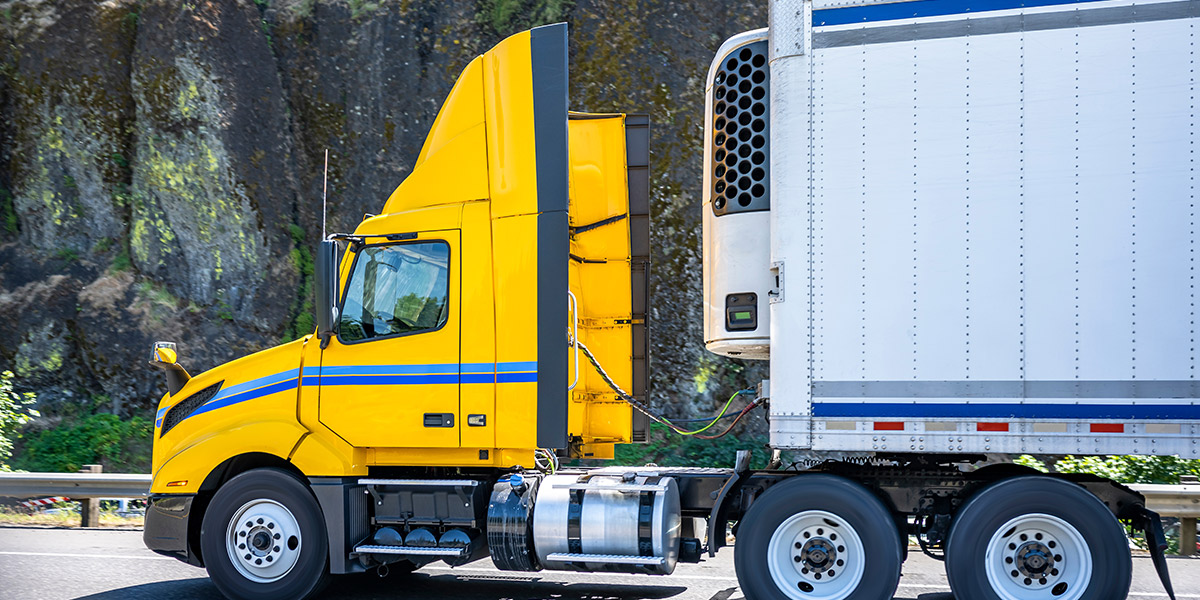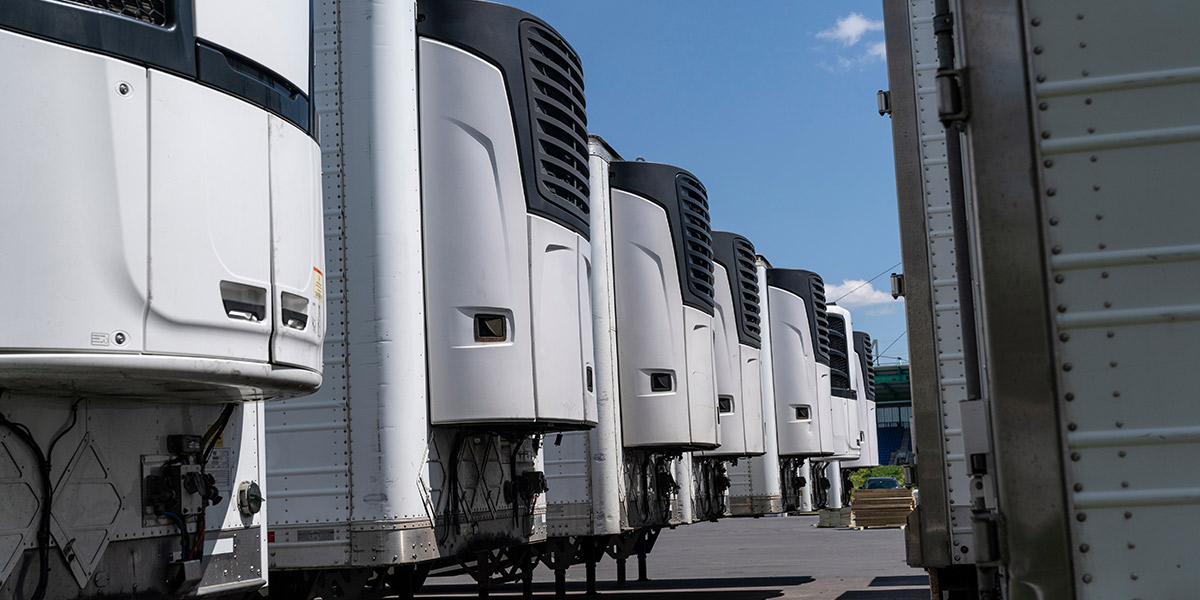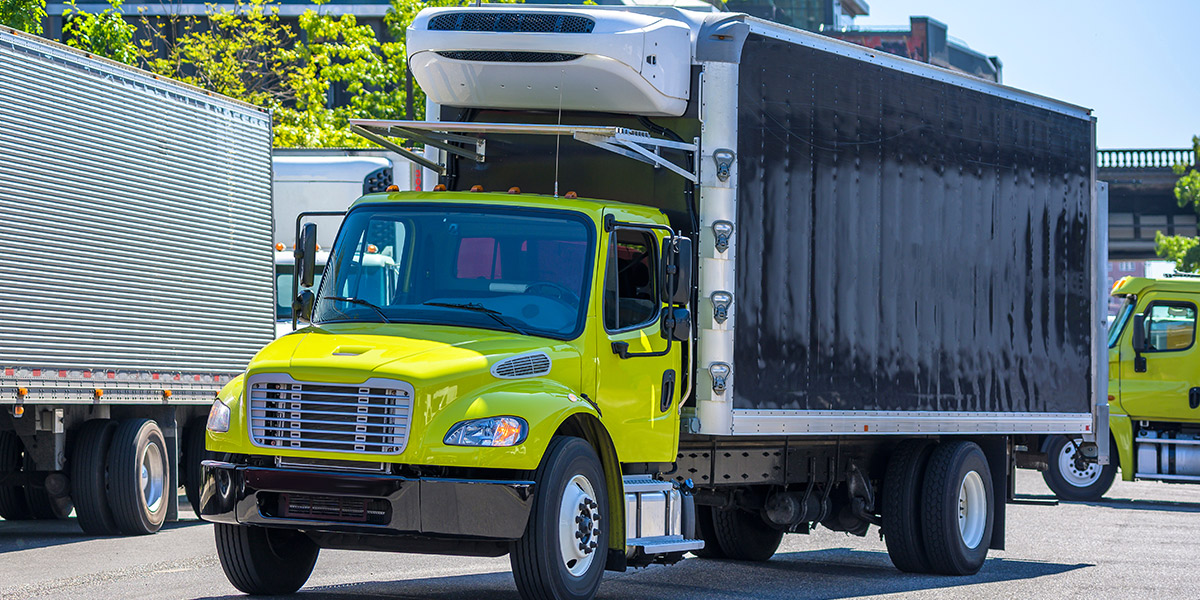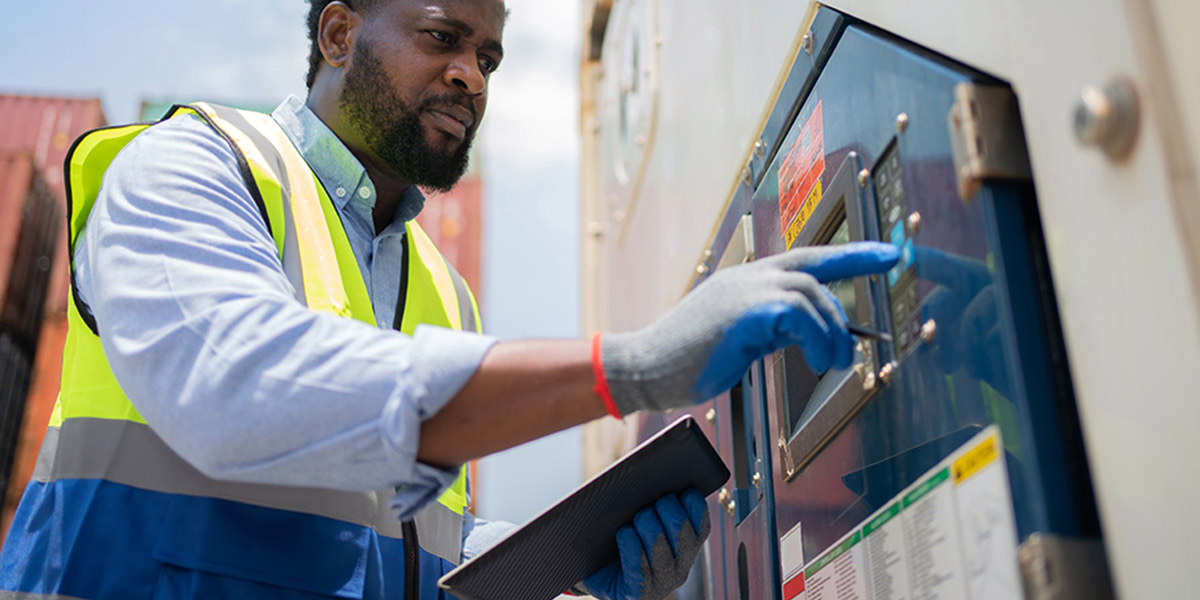Grocery stores – which often control their entire cold chains – have multiple reasons to prioritize compliance and safety when transporting food.
There are typically multiple parties involved in shipping food from farm or ocean to fork. These include loaders, shippers, carriers, and receivers. Grocery store chains, however, often are in the unique position of fulfilling all these roles.
While there can be efficiencies and supply chain advantages to managing the entire cold chain, with greater control comes more risk exposure and greater potential consequences when it comes to managing food temperature tracking.
Many grocery store chains understand this and have implemented temperature tracking technology to ensure compliance and optimal food safety. If you’re a grocery chain and have not yet implemented temperature tracking, here are five compelling reasons why you should make it a priority.
- FSMA law states that you are accountable for the control of the entire cold chain. Because a grocery store chain manages every part of the cold chain, it must ensure FSMA compliance across the entire cold chain. The means grocery store chains need visibility into food temperature at every step.Temperature tracking technology, when it includes easy-to-install temperature monitors connected into a robust telematics platform, provides this end-to-end temperature monitoring capability. This technology can also alert drivers, managers, and other stakeholders when food temperature rises to an unsafe level. That creates significant peace of mind for grocery chains that they – and the food they are transporting – is protected all along its journey to the consumer.
- You bear the greatest risk for loss. If there’s any breakdown in the cold chain that results in food being spoiled or not salable for any reason, you’re on the hook for all the financial loss. When multiple partners are involved in transporting or handling temperature-sensitive food, losses may be passed on to or shared with the other partners if they are responsible for the spoiled or ruined food.
- You cannot afford a carefree approach to asset utilization in your supply chain. When a grocery chain owns or controls all its trucks, reefers, cold rooms, and other equipment, it faces the added financial pressure of ensuring those assets are contributing to revenues as much as possible. That being the case, it’s important for all assets to operate properly and be in service as much as possible. Reliable temperature tracking technology can help you monitor the condition and status of your equipment and identify any pieces that need to be repaired or replaced.
- You cannot risk the potential costs of noncompliance. When a grocery chain isn’t FSMA compliant, the costs extend far beyond the lost inventory. The chain can also be subject to legal action, costly recalls, audits or additional scrutiny by the FDA, and hits to its market share and reputation. Effective end-to-end temperature tracking can protect grocery chains from these outcomes.
- Compliance also yields increased shelf life of all perishable goods. The flipside of the costs of noncompliance are the significant advantages to be realized when a grocery chain is compliant because it can monitor food temperature across the cold chain. These can include a boost to inventory by having food on hand that can be sold across a longer period of time and the ability to confidently sell fresh, safe food to customers.
Doing It All
When it comes to their cold chains, grocery stores do it all – which is all the more reason they should commit to tracking food temperatures and invest in the technology needed to make it happen.










